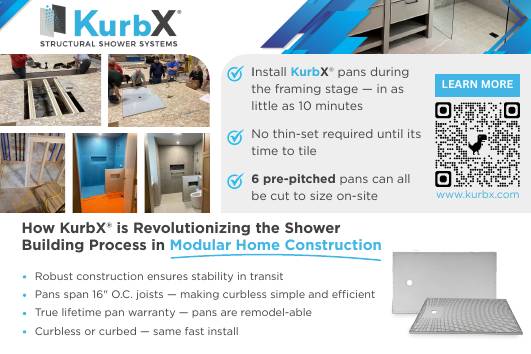Politicians, government agencies, developers, builders and non-profits are all engaged in a seemingly endless search for a “magic bullet” that will ramp up housing production and finally address the ever-widening gap between housing needs and housing availability.
Modular construction has been heralded as a panacea — the ideal answer to the nation’s housing woes. But if modular holds such promise, why hasn’t it delivered? The answer is that it can’t solve the problem in a vacuum.
Of course, modular does appear to be a perfect solution. It offers faster, more cost-effective construction with the ability to scale quickly to meet demand. Yet, the industry’s seeming instability — with new factories opening as others close or consolidate — raises critical questions about its potential as a genuine game-changer.
One contributor to this instability is outdated and restrictive zoning. In some regions, zoning laws have excluded innovative and affordable modular solutions like Accessory Dwelling Units (ADUs), tiny houses, manufactured homes and park models. These restrictions stifle creativity and prevent the industry from exploring new options.
There’s also the patchwork nature of US building codes, which are applied regionally and locally, creating a labyrinth of regulations that can vary significantly from one jurisdiction to another. This inconsistency makes it difficult for modular housing to gain a foothold nationwide, as the bewildering array of standards and requirements can lead to increased costs and delays.
The rise of environmental regulations, while undeniably important, has added yet another layer of complexity — and cost. These regulations add thousands of dollars to the price of a new home. It’s a cruel twist: in an effort to protect the environment, we may be exacerbating the housing crisis.
Another challenge is capacity. At least 600 new factories would be needed to meet the demand for affordable housing in the US. But such an expansion is highly unlikely given the industry’s current state of flux.
Finally, policymakers have shown a lack of will. The answer to the affordable housing crisis should have been identified and acted upon a decade ago. Instead, the issue has been mired in endless discussions, reports and political rhetoric.
The hard truth is that the problem won’t be solved by rhetoric. We need a new strategy — one that includes all stakeholders, from policymakers to developers to the communities themselves — for the removal of the aforementioned barriers. That strategy requires rethinking zoning laws, streamlining building codes and balancing environmental regulations with affordable housing needs. It also means incentivizing the construction of new modular factories.
The affordable housing problem is not unsolvable. Rather, it’s a challenge that can be met with determination, innovation and a willingness to embrace new ideas. Modular housing holds incredible potential, but it cannot succeed in a vacuum. It needs the support of a regulatory environment that encourages growth and an industry that is willing to invest in its future.

















